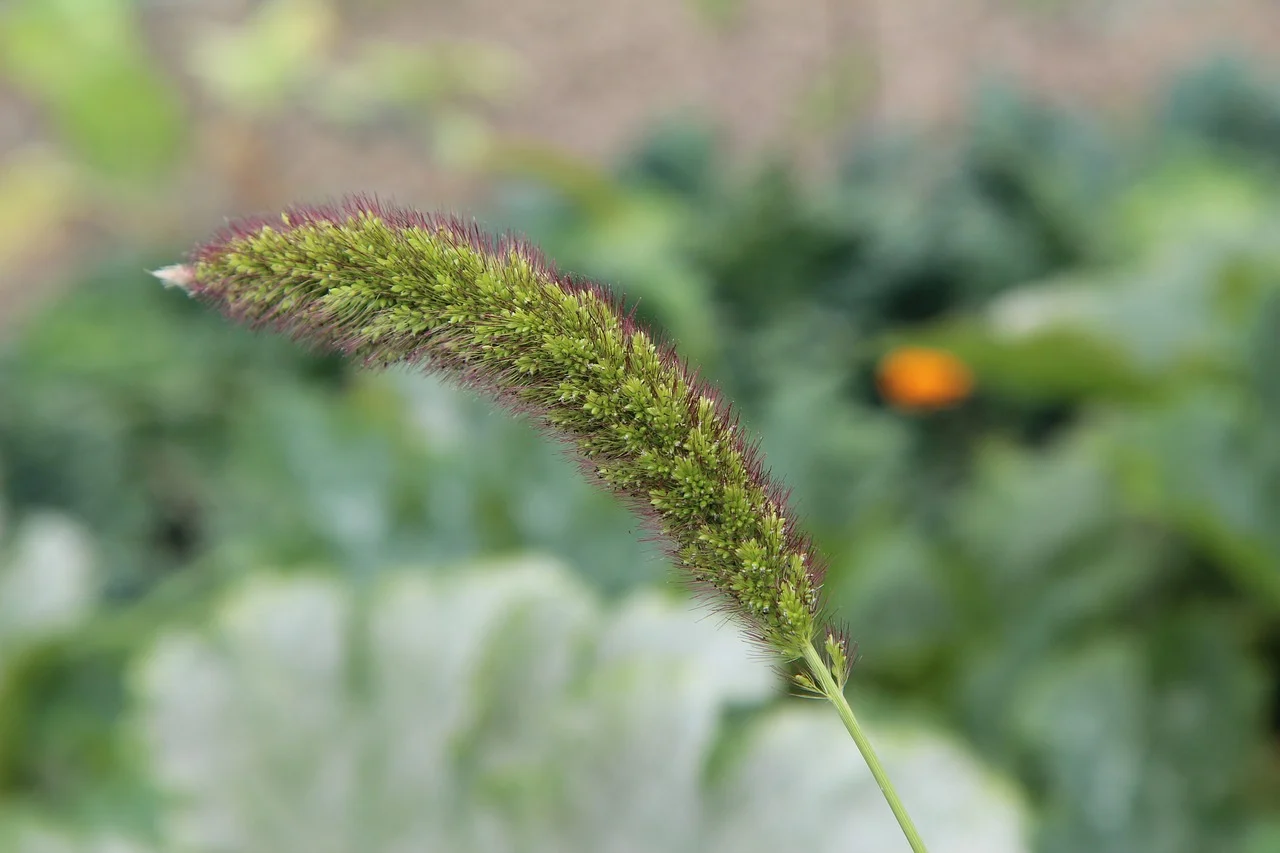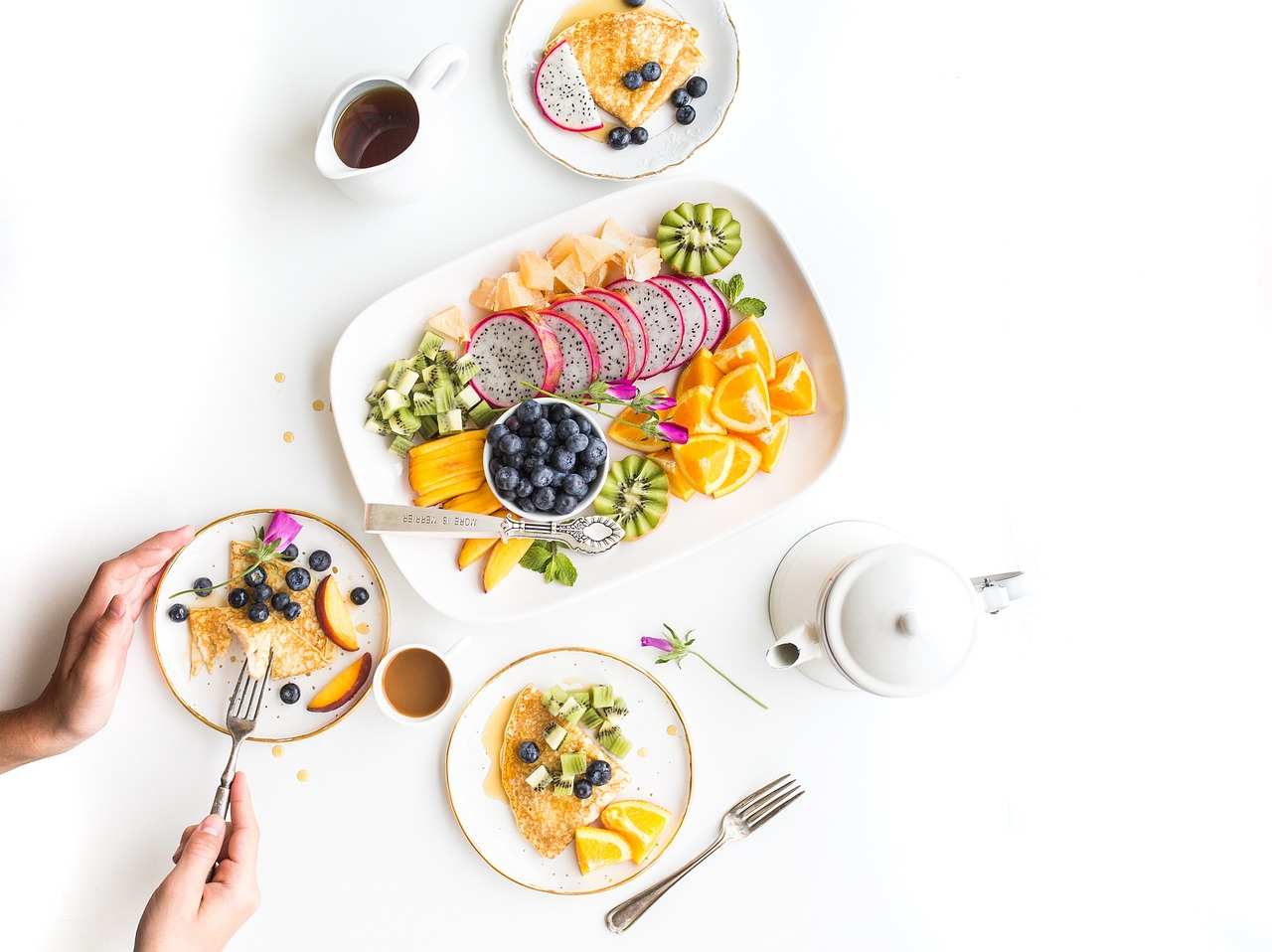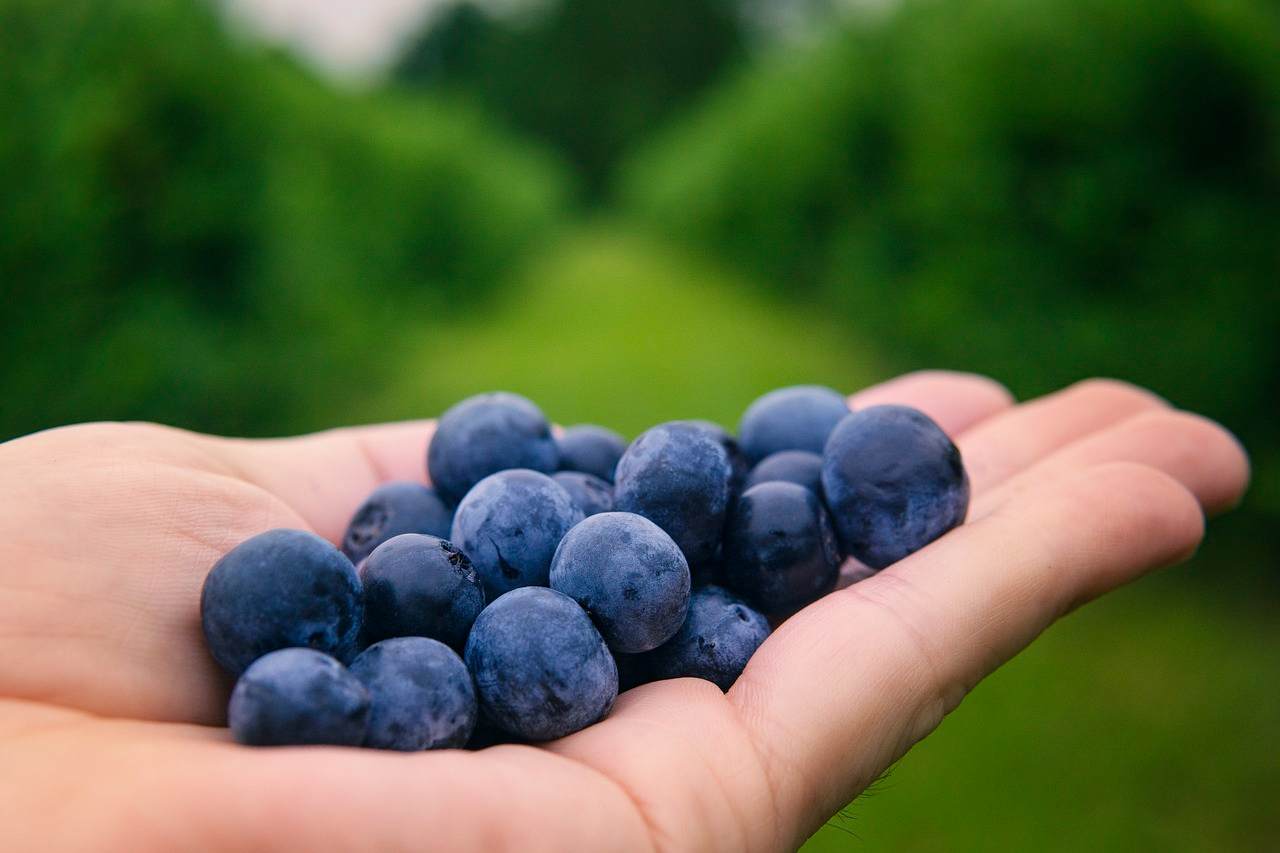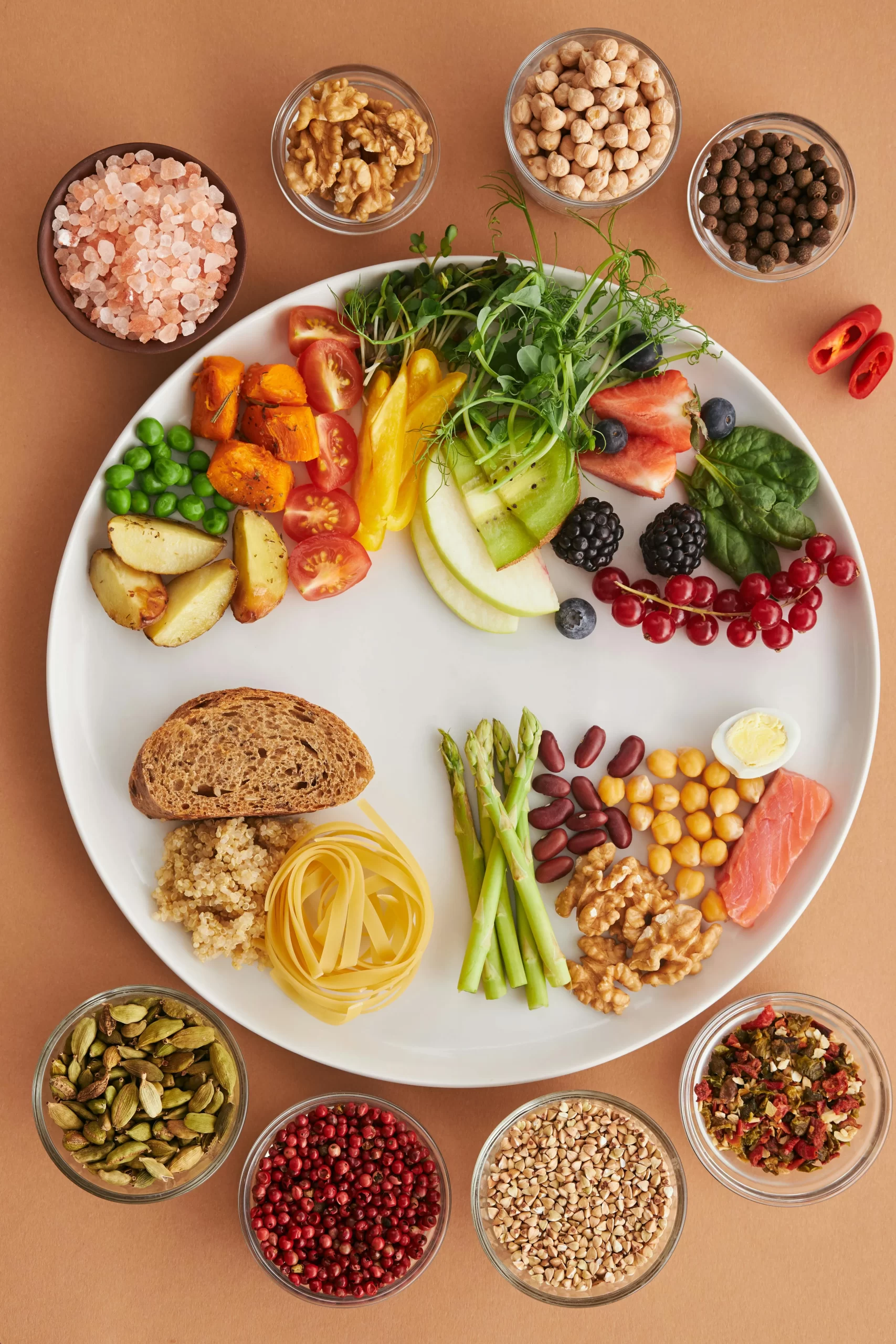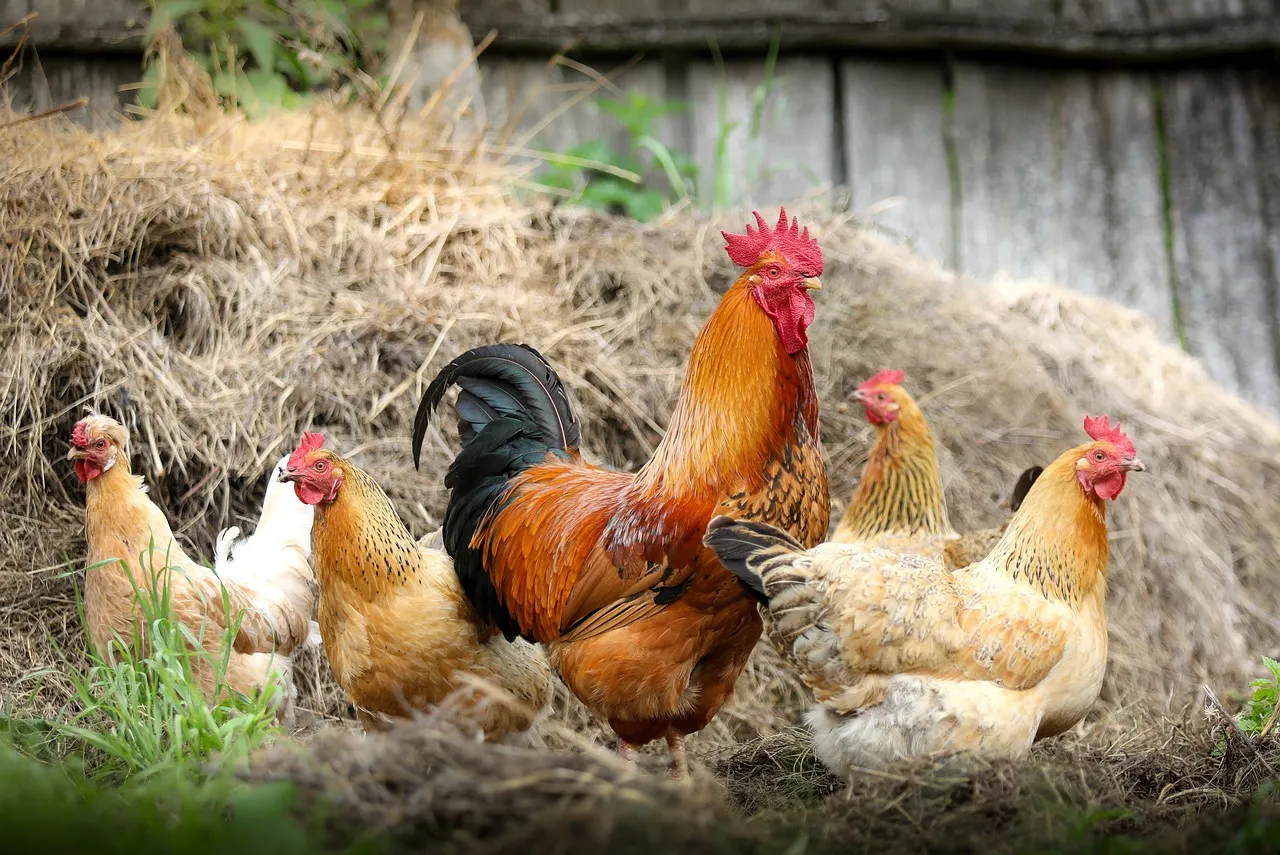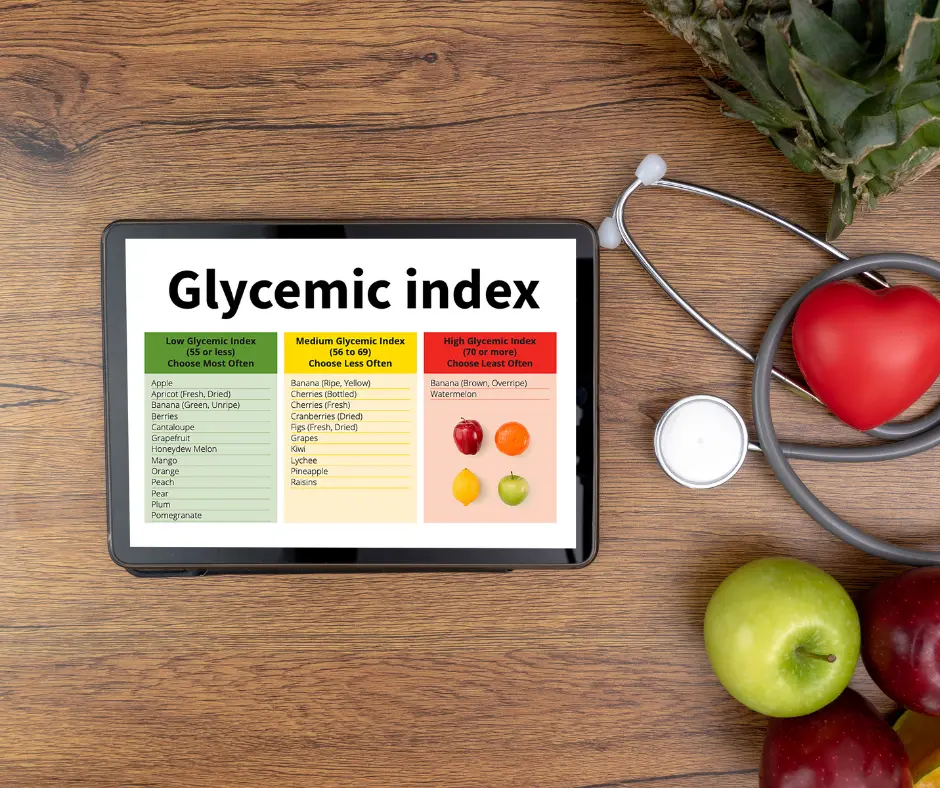Has your child been identified as being at risk for developing Osteopenia? If yes then this article is surely going to help you…
A). What actually is Osteopenia?
It is a condition in which bone mineral density is lower than normal. When children do not have enough of the minerals that make bones strong, their bones can be weaker than normal. This puts the bones at risk of breaking. Weak bones can impact everyday living. For example, a child with osteopenia could have a hip fracture during a diaper change, or shoulder dislocation while lifting school bag or wrist bone fracture while playing cricket. Osteopenia can lead to fractures, pain and limited mobility. It is considered to be a precursor to osteoporosis.
B). Causes of Osteopenia
*Long-term illness
*Long-term use of steroids
*Use of loop diuretics { calcium excretion increases }
*Previous fractures
*Genetic abnormalities
*Poor diet
*Housebound (less/no exposure to sunlight)
C). Diagnosis
Osteopenia is usually using measures of bone mineral density (BMD). The BMD test is a dual-energy X-ray absorptiometry scan or DXA scan. Few lab tests are also done to assess the exact condition which includes Vitamin D, Calcium, Phosphorous and Alkaline Phosphatase (indicates how well bones are formed)
D). Treatment
The mainstay of its treatment is to rebuild bone density by stopping bone loss to prevent fractures.
Healthy lifestyle choices such as proper diet, exercise (especially weight-bearing), and medications help prevent further bone loss and reduce the risk of fractures.
Bone friendly foods
A healthy balanced diet helps in building strong bones from an early age and maintain them throughout life. We all need sufficient calcium to strengthen our bones and vitamin D helps our body absorb calcium. People of all ages can help their bones stay strong by maintaining a healthy diet, making sure they get enough calcium and vitamin D. In addition to food, another way to get vitamin D is with a small amount of sun exposure (Midday during summer, is the best time to get sunlight. Avoid going out at noon as the sun is at its highest point, and its UVB rays are most intense). Few bone-friendly foods have been listed below :
*Milk, cheese and other dairy foods.
*Green leafy vegetables, such as broccoli, cabbage, and Bhindi, but not spinach (Although spinach contains a good amount of calcium, it also contains oxalic acid, which reduces calcium absorption, and it is therefore not a good source of calcium).
*Soybeans and its products like tofu, soya drinks with added calcium.
*Nuts especially almonds and dried figs
*Fish (especially the ones eaten with bones)
*Bone broth
Nutrition Pearls
*Research has suggested a link between vitamin A and bone health. Retinoic acid (which the body makes from vitamin A) stimulates osteoclasts but suppresses osteoblasts. That’s why even a mild increase in vitamin A appears to increase the risk of fracture. As a precaution, children who regularly eat meat especially liver (a rich source of vitamin A) are advised not to eat liver more than once a week.
*Cola beverages have also been associated with low bone mineral density in children and women. This is due to the fact that cola beverages have phosphorus, which increases the loss of calcium from the body through the kidneys.
It’s always better to take precautions before it gets too late. Many children with Osteopenia may have no symptoms also so many times parents do not come to know about it till the time it worsens and starts creating problems like constant pain, fractures or immobility.

